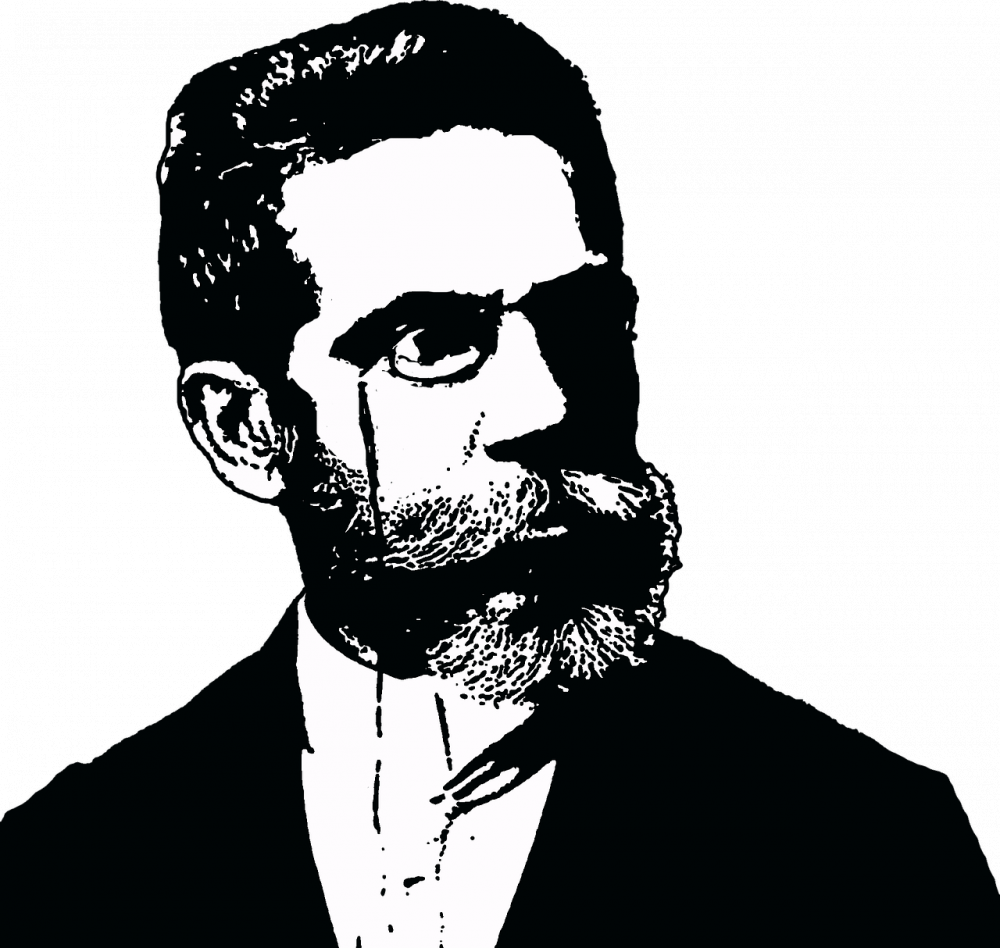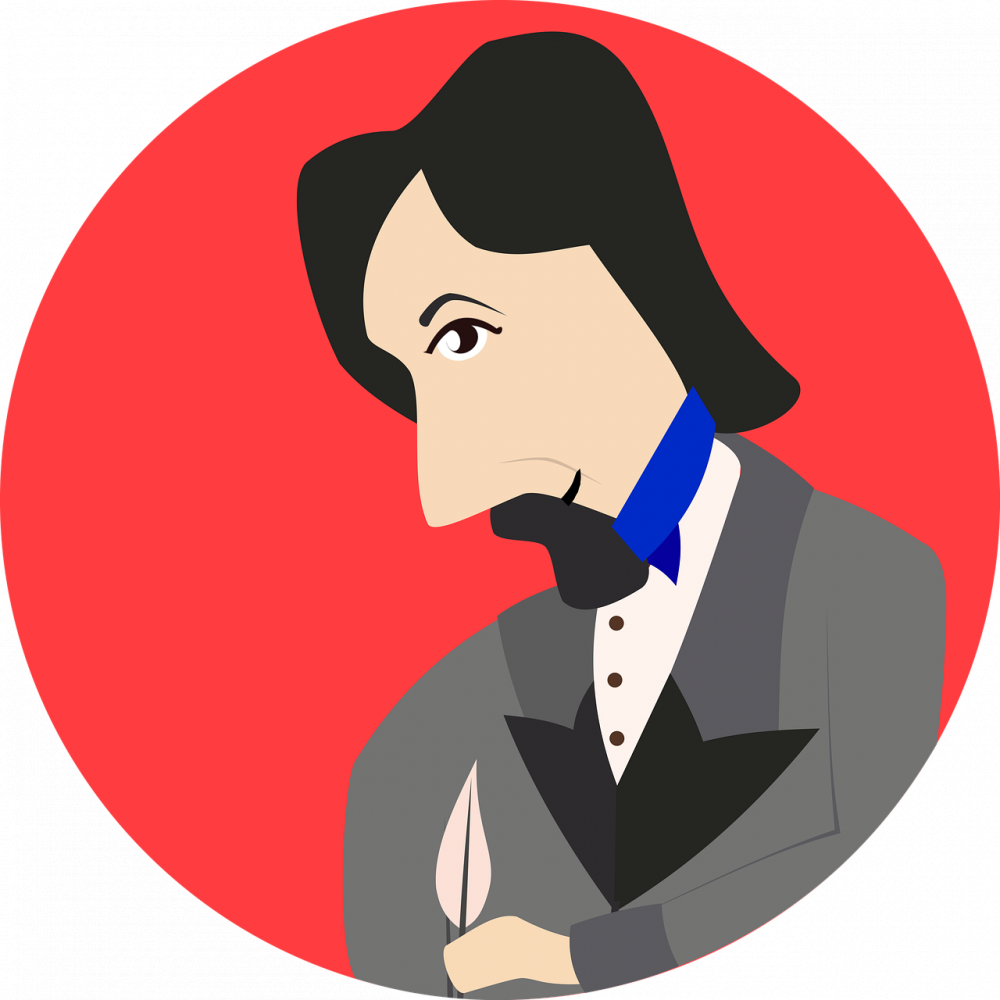Persuasion by Jane Austen: A Timeless Tale of Love and Growth

Introduction:
In the realm of classic literature, one name has stood the test of time – Jane Austen. Known for her astute observations and keen understanding of human nature, Austen’s novels have enraptured readers for centuries. Among her finest works is “Persuasion,” a compelling tale of love, regret, and second chances. In this article, we delve deep into the world of “Persuasion Jane Austen,” providing essential information for those interested in this timeless literary gem.
I. Understanding “Persuasion Jane Austen”:

“Persuasion” is a novel written by Jane Austen and published posthumously in 1817. Set in the early 19th century, it follows the story of Anne Elliot, a young woman who faces societal pressures, personal doubts, and the consequences of her own choices. The novel explores themes of love, class, and personal growth, making it a captivating read even in today’s modern world.
Key points to know about “Persuasion Jane Austen”:
1. Author: Jane Austen is a renowned English novelist known for her witty and insightful portrayals of society. Born in 1775, Austen penned several notable works, with “Pride and Prejudice” and “Sense and Sensibility” being among her most famous.
2. Publication History: “Persuasion” was Austen’s last completed novel before her death in 1817. However, it wasn’t published until after her passing, along with another novel, “Northanger Abbey.”
3. Plot Summary: The story revolves around Anne Elliot, a woman who, due to familial pressure, had given up on a potential love interest, Captain Wentworth. Years later, circumstances bring them back together, giving Anne a second chance at happiness.
4. Themes Explored: Austen delves into various themes in “Persuasion,” including the power of persuasion, societal expectations, the value of loyalty, and the possibility of redemption.
5. Characterization: “Persuasion” showcases Austen’s talent for creating well-rounded characters. From the steadfast and mature Anne Elliot to the conflicted Captain Wentworth, each character is intricately crafted with their own desires, flaws, and motivations.
II. The Evolution of “Persuasion Jane Austen” Over Time:
The popularity and significance of “Persuasion Jane Austen” have evolved over the years, attracting a dedicated audience and sparking numerous adaptations across different mediums. Let’s take a closer look at its historical development:
1. Initial Reception:
Upon its publication in 1817, “Persuasion” received mixed reviews. Some critics praised Austen’s storytelling prowess and insightful commentary on societal norms. However, the novel wasn’t as commercially successful as her earlier works, perhaps due to the changing literary landscape at the time.
2. Rediscovery and Resurgence:
In the late 19th century, there was a renewed interest in Austen’s works. Critics and readers recognized the brilliance of her storytelling, leading to increased appreciation for “Persuasion” and its enduring themes. The novel began to be regarded as a significant contribution to the literary canon.
3. Adaptations and Pop Culture Influence:
In the 20th and 21st centuries, “Persuasion” gained further popularity through various adaptations in film, television, and theater. These adaptations helped introduce Austen’s works to broader audiences, generating a renewed fascination with her writing and captivating storytelling.
Notable adaptations of “Persuasion” include the 1995 film directed by Roger Michell and the 2007 television movie starring Sally Hawkins as Anne Elliot. These adaptations stay true to Austen’s original story, further enthralling viewers with the tale of love and second chances.
III. Maximizing Visibility with Structured Text and Google’s Featured Snippets:
To maximize the likelihood of this article being featured as a snippet in Google search results, it is important to structure the text effectively and utilize bullet points. Here’s a suggested outline:
Heading 1:
Heading 2: I. Understanding “Persuasion Jane Austen”
– Author: Jane Austen
– Publication History: Posthumously published in 1817
– Plot Summary: Follows the story of Anne Elliot and her second chance at love with Captain Wentworth
– Themes Explored: the power of persuasion, societal expectations, loyalty, and redemption
– Characterization: Well-rounded characters with their desires, flaws, and motivations
Heading 2: II. The Evolution of “Persuasion Jane Austen” Over Time
– Initial Reception
– Rediscovery and Resurgence
– Adaptations and Pop Culture Influence
Conclusion:
In conclusion, “Persuasion Jane Austen” is a remarkable novel that continues to capture the hearts of readers worldwide. Jane Austen’s ability to delve deep into the complexities of human nature and societal norms makes this story both relatable and timeless. From its initial publication to its enduring legacy, “Persuasion” has earned its rightful place as one of Austen’s finest works. Whether through reading the novel or experiencing its various adaptations, the tale of Anne Elliot’s journey of love and growth is sure to resonate with art enthusiasts and collectors alike.





